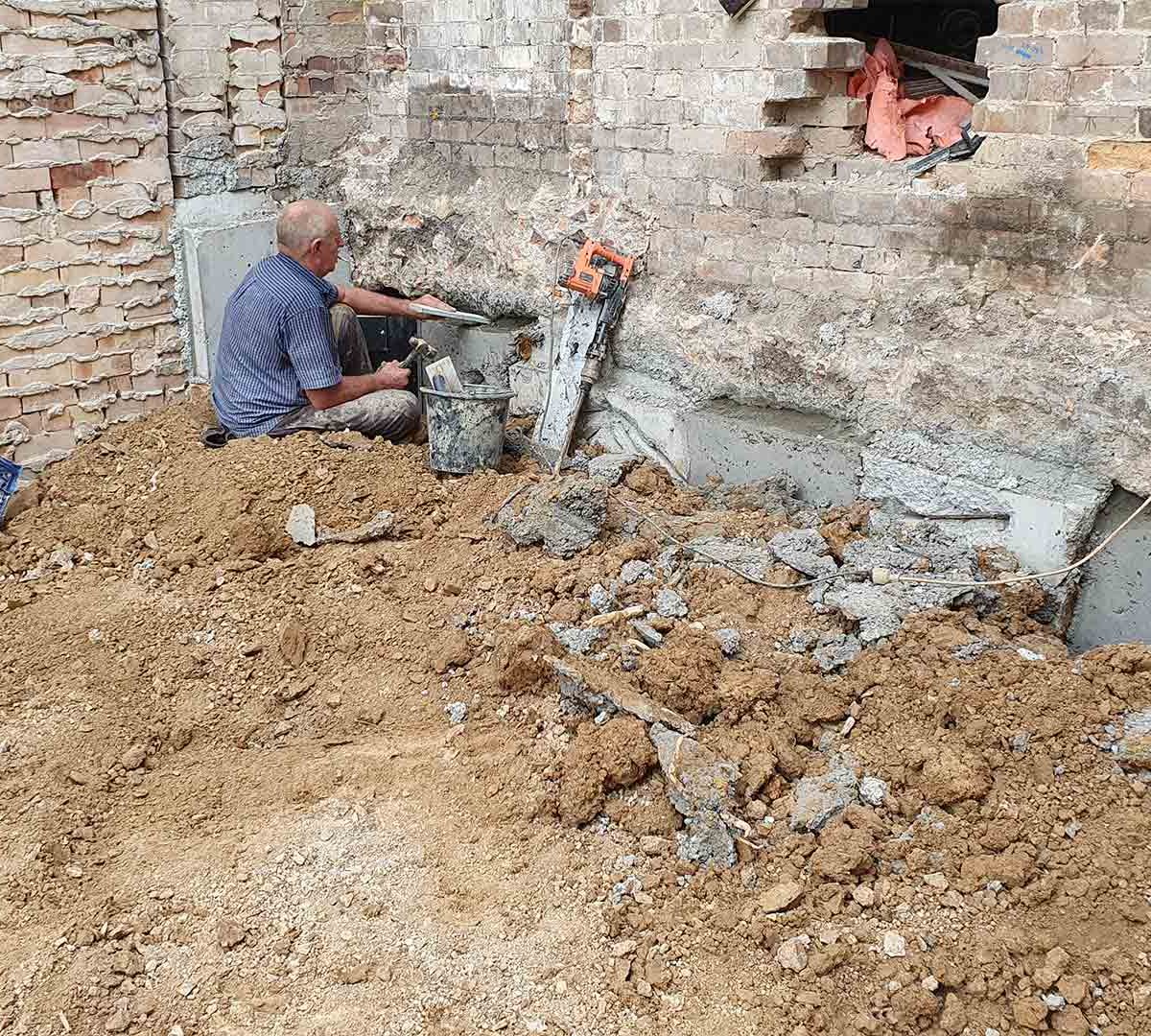Introduction
Erosion, the natural process of soil and rock being displaced by wind, water, or gravity, can pose significant challenges to landscapes and infrastructure. In areas prone to erosion, retaining walls play a crucial role in preventing soil loss, preserving the integrity of landscapes, and safeguarding properties. In this blog, we’ll delve into the vital role of retaining walls in erosion control and explore how they effectively combat this environmental force.
- Preventing Soil Erosion
The primary function of retaining walls in erosion control is to prevent soil erosion. When heavy rainfall or runoff occurs on sloped terrain, it can wash away the topsoil, gradually destabilizing the landscape. Retaining walls act as barriers that hold the soil in place, preventing it from being washed away. This not only protects valuable topsoil but also maintains the structural integrity of the land.
- Controlling Water Runoff
Retaining walls can control water runoff by diverting it away from areas prone to erosion. By strategically placing retaining walls, water can be redirected and channeled to safer drainage routes, reducing the risk of soil erosion. This is especially beneficial in regions susceptible to flash floods and heavy rains.
- Terracing and Grading
Retaining walls are often used to create terraces and graded levels on sloped landscapes. These terraces not only add an aesthetically pleasing aspect to the environment but also effectively reduce the velocity of water runoff. By breaking up the slope into smaller, manageable sections, retaining walls slow down water flow and minimize the potential for erosion.
- Protection of Infrastructure
In addition to preserving natural landscapes, retaining walls play a critical role in protecting infrastructure. Roads, bridges, and buildings constructed on uneven or sloping terrain rely on retaining walls to keep the soil in place. Without these structures, the risk of soil erosion compromising the structural stability of these constructions would be much higher.
- Enhancing Landscapes
Retaining walls are not solely utilitarian structures; they also enhance the beauty and functionality of landscapes. By integrating retaining walls into landscaping design, you can create visually appealing terraced gardens, raised planters, and even seating areas. These structures offer a unique blend of form and function, making them an excellent addition to residential and commercial properties.
- Stabilizing Riverbanks and Shorelines
Retaining walls are vital in stabilizing riverbanks, shorelines, and coastal areas. These walls protect properties from the encroachment of water, especially in areas prone to rising sea levels and strong currents. They also prevent soil erosion from undermining these natural and built environments.
Conclusion
Retaining walls are invaluable in the battle against soil erosion. Whether used for landscaping enhancement, flood control, or the protection of critical infrastructure, their role in preventing soil loss and preserving the integrity of landscapes cannot be overstated. By strategically designing and constructing retaining walls, we can effectively combat the forces of erosion, ensuring the long-term stability and beauty of our surroundings. Whether in residential gardens, commercial properties, or civil engineering projects, retaining walls play a vital role in maintaining the natural and built environments we value.



